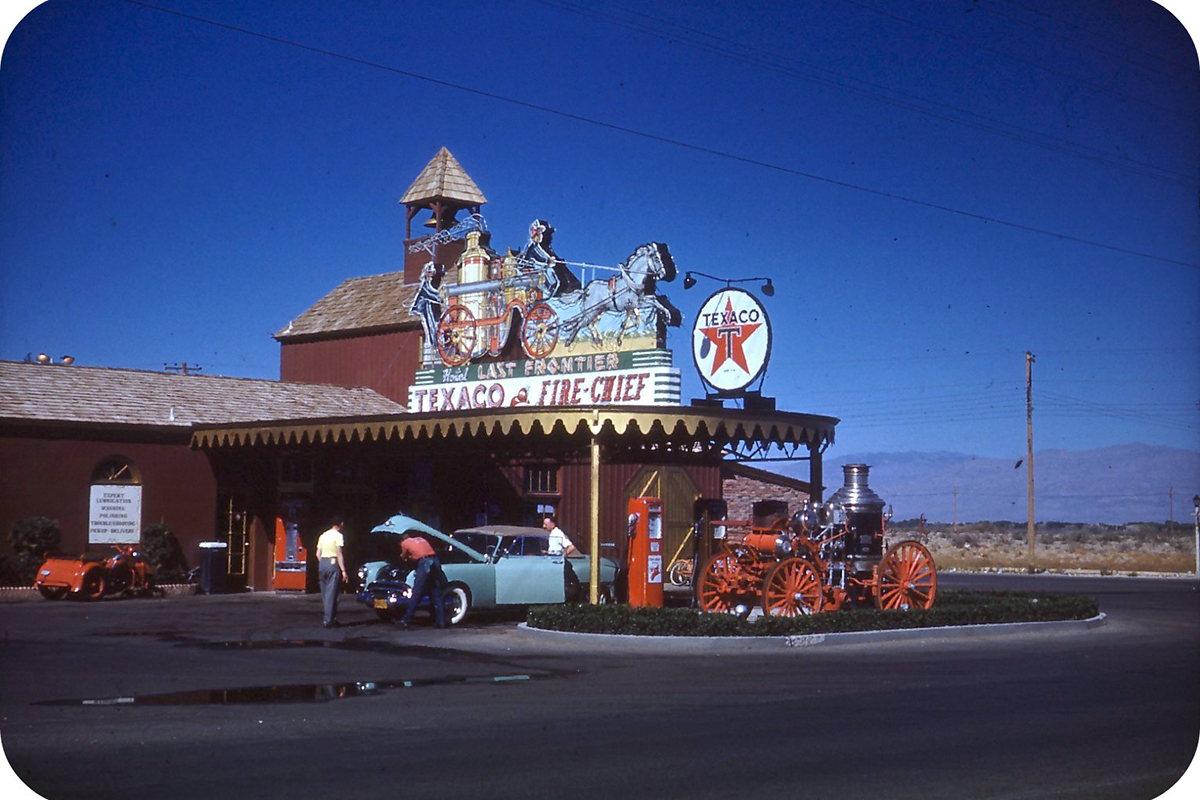
Stefan Al’s The Strip is listed as one of the best books to read this spring by The Wall Street Journal.
“In the late 19th century, Prague-born New York architect Leopold Eidlitz called American architecture “the art of covering one thing with another thing to imitate a third thing, which, if genuine, would not be desirable.” The line applies uncannily well to Las Vegas, that garish palimpsest of shrines to vice and Mammon. We think of it as an outpost, yet the history of building design in Las Vegas, argues Stefan Al in “The Strip: Las Vegas and the Architecture of the American Dream,” is “more representative of American architectural trends than we would like to admit.” And far from being an indiscriminate mess of bad taste, the Strip has long been a seedbed for “extraordinary design experimentation.
Mr. Al, a Dutch architect who teaches urban design at the University of Pennsylvania, is not the first in his field to engage with Las Vegas. But in this entertaining book he creates a taxonomy, identifying seven aesthetic waves in the city’s history of tourist- driven architecture, and showing how each was driven by shifts in popular culture, lifestyle and construction methods.” – Christine Cipriani
Read more ↓
The Architecture of the American Dream, The Wall Street Journal
Purchase The Strip ↓
The Strip – Las Vegas and the American Dream, MIT Press
Image courtesy of ↓
Janice Waltzer, Wikimedia Commons